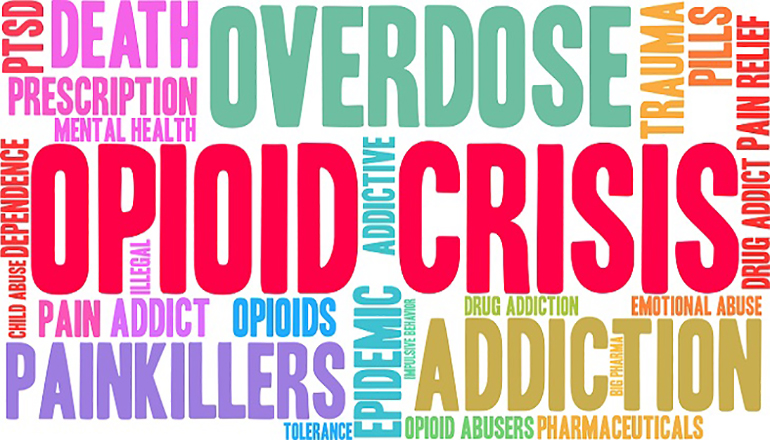New research from the Missouri Hospital Association identifies the nationwide economic cost of the opioid crisis at $685 billion in 2017, or 3.5 percent of GDP, with overdose deaths accounting for 93 percent of the cost. Missouri’s toll is 20th highest among the states, with a total burden of just more than $14 billion. Throughout a decade, Missouri’s opioid overdose-related mortality rate increased by 107 percent.
The research, modeled on a White House Council of Economic Advisors methodology and updated data from the Centers for Disease Control and Prevention, found significant increases in lost lives and economic costs through the second half of the decade. The growth in lives lost correlates with a significant increase in overdose deaths attributed to synthetic opioids, such as fentanyl.
Researchers from the Hospital Industry Data Institute investigated the effect of two economic indicators — fatality costs, which are associated with premature mortality, and nonfatality costs, which are associated with individuals with opioid use disorder, and accrue from reduced productivity and increased consumption of health care and social services. In Missouri and nationally, the greatest contributor to cost was in fatality costs.
“In 2017, the costs of opioid use disorder were equal to 4.6 percent of Missouri’s gross state product,” said Herb B. Kuhn, Missouri Hospital Association president and CEO. “Although new resources are being targeted toward reducing fatalities and managing OUD patients toward recovery, significant gains were not realized by these efforts between 2015 and 2017. In fact, we saw the rate of deaths in our state grow by 40 percent. Although experts are working aggressively, there’s much more to be done.”
and CEO. “Although new resources are being targeted toward reducing fatalities and managing OUD patients toward recovery, significant gains were not realized by these efforts between 2015 and 2017. In fact, we saw the rate of deaths in our state grow by 40 percent. Although experts are working aggressively, there’s much more to be done.”
Nationwide, the economic burden of the crisis is not evenly distributed. Researchers found a 15.3 fold difference between the highest and lowest states’ overdose death rates. Between 2015 and 2017, opioid deaths increased by 46 percent throughout the nation — more than half of a decades’ growth occurred in these two years.
Missouri has been proactive in implementing several important policy measures to reduce the toll of the epidemic, including provider- and state government-driven interventions that reduce the risk of opioid misuse and overdose deaths. New tools will be available Monday, April 1, when the state’s Medicaid program implements an array of new complementary and alternative therapies for Medicaid patients who suffer chronic pain. The expanded services include cognitive behavioral therapy, chiropractic treatments, physical therapy, and acupuncture. Making these services available under the state’s Medicaid program will give primary care providers new tools to treat patients’ chronic pain in ways that will reduce opioid misuse, improve pain management skills, reduce avoidable costs and improve health outcomes.
“The economic costs of the opioid crisis are significant for the state and nation,” Kuhn said. “We applaud the Parson administration for its forward-thinking approach. These measures will help address the state’s OUD crisis by giving primary care doctors new options to treat their patients’ pain. Constant vigilance and new tools are exactly what is needed as we work together to address this crisis.”
The Missouri Hospital Association is a not-for-profit association in Jefferson City that represents 143 Missouri hospitals. In addition to representation and advocacy on behalf of its membership, the association offers continuing education programs on current health care topics and seeks to educate the public about health care issues.








